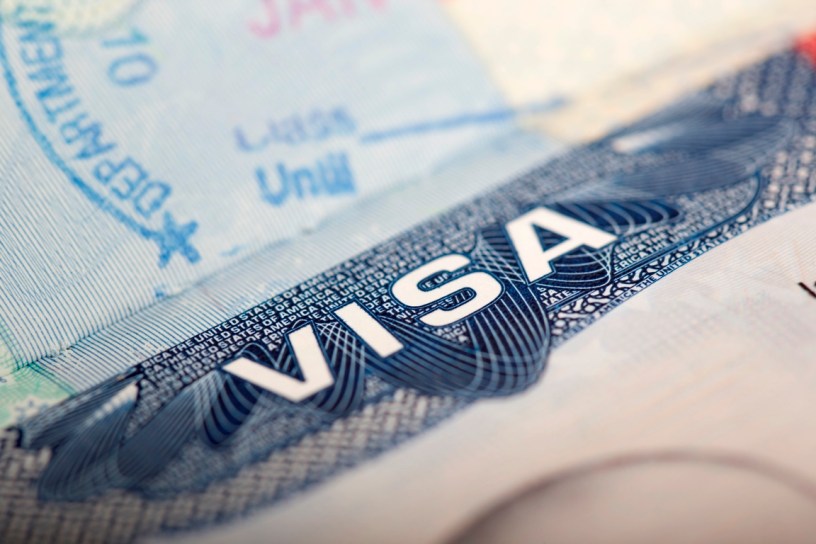Thinking of doing productions in the United States and wondering the best strategy to accomplish this while taking into consideration all the immigration rules and regulations?
This case study takes you through a real scenario that demonstrates one option that would work.
Company X, an established Australian mid-size production company, wants a physical presence in the United States to start filming productions. The owners of Company X are Australian. It is important for Company X to be able to bring in key employees, along with their CEO, from Australia, who will work on the US productions. The two key employees are Sally Y, a new lighting expert, who has been with the company a few years, and Luke X, a rising actor with a lot of potential. Company X has heard of two visa options that are typically used, the O visa (extraordinary ability visa) and the E3 visa (Australian professional visa), but they do not think Sally or Luke will qualify for either. Company X already has two US productions lined up and ready to go, so they want to get these visas as soon as possible.
The CEO of Company X, after obtaining counsel on best options, decides to move forward with applying for the E-2 Investor Visa. For this visa, they need to establish a US company that is owned by Australians, invest a substantial amount of money, and be sure that the new company is not going to be marginal. As a first step, Company X opens NEW Co, a business in the United States. NEW Co is owned 100 per cent by Company X, which is owned 100 per cent by Australians, and therefore, it qualifies as Australian owned under the treaty between the US and Australia for the E-2 visa.
Once Company X opens NEW Co, it transfers $USD200,000 to start up the business. NEW Co does not need a lot of capital to begin operating, since the business plan and projections demonstrate that it is a service-oriented business that has very low start-up costs and very little overhead. Therefore, NEW Co spends approximately $USD65,000 on the first month’s rent of office space, marketing materials, furniture, office equipment, office supplies, legal fees, flights by individuals to set up the business, and miscellaneous business expenses. The remaining funds remain in NEW Co’s account to be used in the future, if necessary.
The amount invested is considered substantial since the cost to start up the business is equal to or less than the amount invested. However, being a responsible business, Company X decides to leave the extra liquid capital in NEW Co, just in case the projected financials do not come to fruition as fast as they had anticipated. It is unlikely that Company X will need this extra capital since it already has signed two production deals, evidencing that the business is clearly not marginal.
The owners of Company X put together the required detailed business plan and projected financials, illustrating NEW Co’s plans for the future, which includes growth, expansion, and development. With this, the application is complete and ready for submission at the US consulate in Sydney, where Company X is located. Once the application is submitted, an interview is set up with the CEO who will be heading NEW Co. The officer at the US Consulate discusses the business plan and projections with the CEO and grants the E-2 Visa after determining all criteria has been met. Within a week, the CEO has the E-2 visa and is ready to come to the US to begin work. Shortly after the CEO is granted his visa, NEW Co files an application for the two essential and key employees to come into the US. Sally Y and Luke X attend the interview and are both granted E-2 visas for the duration of time needed for them to complete their work for NEW Co (not to exceed two years). No requirements of extraordinary ability or university degrees were necessary; only evidence that they are important to NEW Co.
This option is fast, filed directly at the US consulate abroad, and cost effective (since the only filing fees are $USD205 for the visa processing fee). In just a month, the CEO and two key employees have E-2 visas and are ready to work in the United States at NEW Co.
This case study illustrates a great option for production companies in a similar situation. The E-2 is one of the most flexible US visas available to employers. Be aware that this is one scenario and each case is different. Also, the timing of the application is dependent on the speed of the client gathering and providing the necessary information to the attorney, and the availability of appointments at the US consulate.
The Szew Law Group is based in Los Angeles and consults internationally on immigration to the USA. www.szewlaw.com


